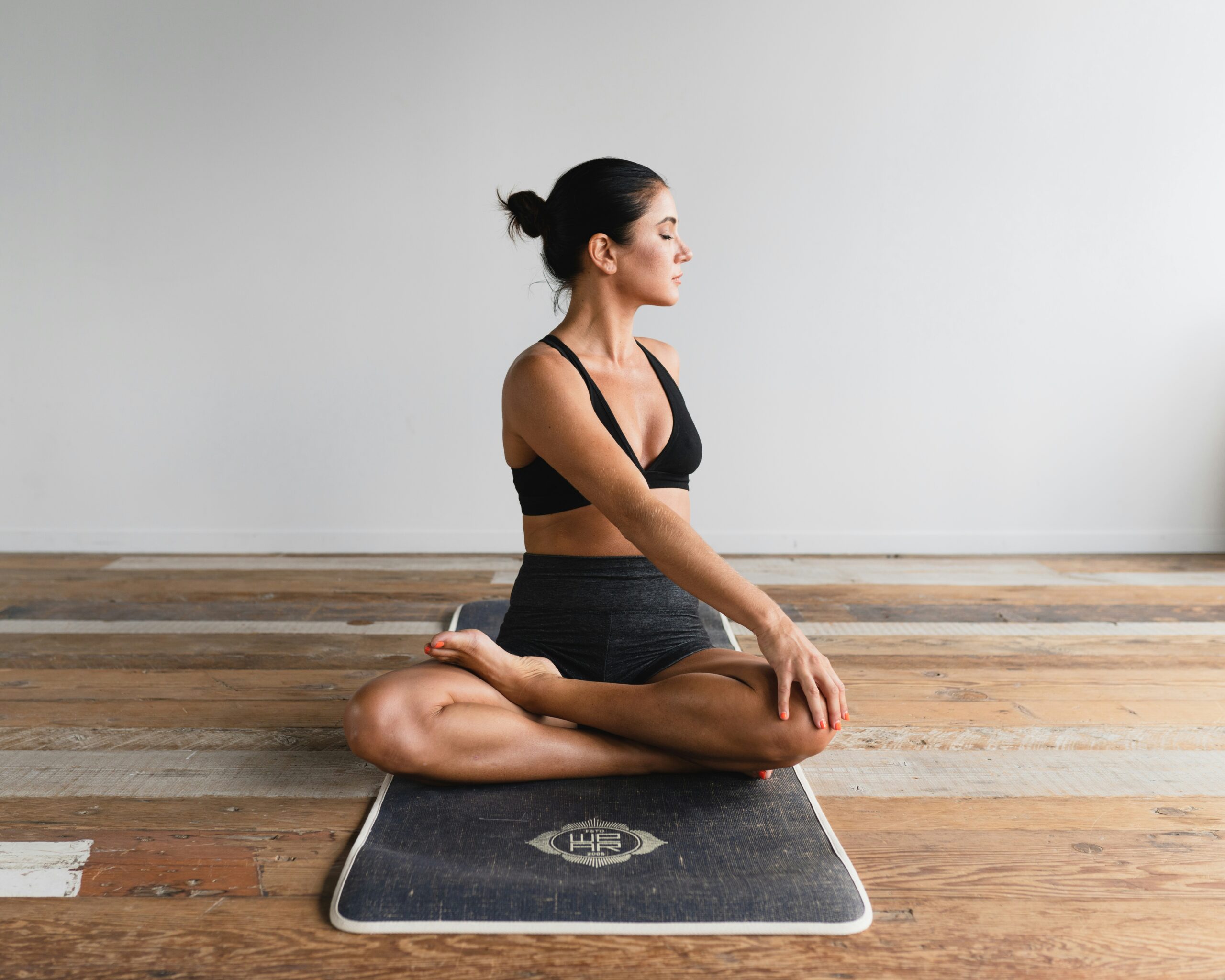Introduction
Have you ever wondered why some people wake up feeling refreshed and energized while others drag themselves out of bed? The secret isn’t just about how long you sleep, but how deeply and restfully you sleep. In today’s fast-paced world filled with screens, stress, and caffeine, achieving quality sleep has become a real challenge. However, a well-structured night routine can change everything. Building a consistent nighttime ritual helps your body and mind transition smoothly from the chaos of the day to the calmness of the night. Let’s explore how to craft the perfect night routine that will help you achieve deep, restorative sleep every night.
Why Sleep Quality Matters
Sleep is the foundation of good health, just as important as nutrition and exercise. It’s during sleep that your body repairs tissues, balances hormones, and restores energy. Poor sleep doesn’t just make you tired — it affects your concentration, mood, metabolism, and even your immune system. When you don’t get enough quality sleep, you’re more likely to experience anxiety, irritability, and reduced productivity. Deep sleep is especially critical because it’s the stage where your brain processes memories, and your body releases growth hormones for repair. That’s why a proper night routine isn’t a luxury; it’s a necessity.

Your sleep cycle consists of several stages: light sleep, deep sleep, and REM (rapid eye movement). Deep sleep is the most restorative phase, usually occurring in the first half of the night. During this stage, brain waves slow down, breathing becomes regular, and muscles fully relax. The body uses this time to repair cells and strengthen the immune system. Without enough deep sleep, you may wake up feeling foggy and drained, even after a full eight hours in bed. That’s why developing a consistent, mindful night routine helps you enter and maintain this vital sleep phase.
How a Night Routine Affects Your Sleep
Your brain thrives on patterns and signals. When you establish a regular pre-sleep routine, you’re teaching your brain to recognize the signs that it’s time to slow down. Just like you warm up before a workout, your body needs a cool-down before bed. The right routine gradually lowers your heart rate, reduces stress hormones, and increases melatonin production, preparing you for deep sleep naturally. In contrast, if you scroll through social media or work late into the night, your brain stays alert, making it harder to unwind and fall asleep.
Step 1: Set a Consistent Sleep Schedule
Your body’s internal clock, or circadian rhythm, works best when you sleep and wake at the same times every day. Going to bed and getting up at random hours confuses this rhythm and can make you feel sluggish. Try to go to bed and wake up at consistent times — even on weekends. Within a week or two, your body will adapt, and you’ll start feeling sleepy at the same time each night without needing an alarm clock.
Step 2: Limit Screen Time Before Bed

Electronic devices emit blue light that suppresses melatonin, the hormone responsible for making you sleepy. Staring at your phone or laptop before bed tricks your brain into thinking it’s still daytime. Ideally, you should stop using screens at least an hour before bedtime. If that’s not possible, use night mode or blue-light-blocking glasses. Instead of scrolling, spend the last part of your evening reading, journaling, or listening to calming music.
Blue Light and Melatonin
Melatonin levels naturally rise in the evening to help you wind down. However, exposure to blue light delays this process, making it harder to fall asleep. Studies show that even 30 minutes of phone use before bed can reduce melatonin production significantly. So, dim the lights, turn off electronics, and allow your body to produce melatonin naturally.
Step 3: Create a Relaxing Sleep Environment
Your bedroom should be a peaceful retreat dedicated to rest and relaxation. Keep it cool, dark, and quiet. Remove distractions like TVs, bright lights, or clutter that may stimulate your mind. The goal is to make your room a space that instantly signals your body to relax.
Lighting and Ambience
Avoid bright lights at night. Use warm, soft lighting to mimic sunset tones. Candles or Himalayan salt lamps can create a cozy, soothing atmosphere. Darkness triggers melatonin production, so consider blackout curtains or a sleep mask if your room isn’t completely dark.
Bedroom Temperature
Your body temperature naturally drops before sleep. A cool environment around 18°C (65°F) supports this process, helping you fall asleep faster and stay asleep longer. If you tend to get cold, use breathable layers instead of heavy blankets.
Noise and Scents
Calming scents like lavender, chamomile, or sandalwood can signal your brain that it’s time to unwind. Aromatherapy diffusers or pillow sprays work wonders. If noise is a problem, try white noise machines or soft nature sounds to block out background distractions.
Step 4: Practice Mindful Relaxation

Relaxation techniques help your mind release tension and prepare your body for rest. Meditation, deep breathing, and mindfulness can lower your heart rate and calm racing thoughts.
Meditation and Deep Breathing
Spend five to ten minutes focusing on your breath. Try the 4-7-8 breathing technique — inhale for four seconds, hold for seven, and exhale for eight. This pattern slows your heartbeat and activates your parasympathetic nervous system, helping you drift off naturally.
Journaling for a Clear Mind
If your brain feels cluttered, journaling is the perfect release. Write down your worries, to-do list, or things you’re grateful for. Putting thoughts on paper clears mental space and helps your mind relax before bed.
Step 5: Choose Calming Nighttime Activities
Engage in light, relaxing activities that signal your brain it’s time to rest. Avoid anything mentally stimulating or stressful.
Reading
Reading a physical book helps you unwind and transition out of the day’s digital chaos. Choose something light or inspiring, not work-related or emotionally heavy.
Stretching or Light Yoga
Gentle stretches or slow yoga poses loosen tight muscles and promote blood flow. Focus on your shoulders, neck, and back to relieve built-up tension. Even five minutes can make a big difference.
Step 6: Watch What You Eat and Drink
Your diet directly affects your sleep quality. Caffeine, alcohol, and heavy meals can disrupt your rest.
Avoid Caffeine and Heavy Meals
Caffeine can stay in your system for up to eight hours. Skip coffee, tea, or chocolate after 2 p.m. Heavy or spicy meals before bed can cause heartburn, so keep dinners light and finish eating at least two hours before bedtime.
Sleep-Inducing Snacks
If you’re slightly hungry, choose a small snack rich in magnesium or tryptophan, such as a banana, a handful of almonds, or warm milk. These nutrients support melatonin production and muscle relaxation.
Step 7: Optimize Your Sleep Setup
A comfortable sleep setup makes all the difference. Your bed should support proper alignment and comfort throughout the night.
Mattress and Pillow Choice
Invest in a quality mattress that supports your body without causing pressure points. Your pillow should keep your neck in a neutral position. Poor bedding is one of the most common causes of sleep discomfort and morning pain.
Bed Hygiene and Fresh Sheets
Clean sheets feel luxurious and help your body associate your bed with relaxation. Change them weekly and keep your bedding fresh and inviting.
Step 8: Develop a “Wind-Down” Ritual
Create a calming routine you repeat every night. This could include taking a warm shower, applying skincare, or sipping herbal tea. The repetition trains your brain to associate these actions with bedtime. Herbal teas like chamomile, valerian root, or lemon balm can promote relaxation and improve sleep quality.
Step 9: Reduce Mental Clutter
Racing thoughts are one of the biggest barriers to deep sleep. Practice mindfulness or visualization exercises. Imagine yourself in a peaceful place — a beach, forest, or mountain cabin. Let go of what you can’t control and tell yourself it’s okay to rest. Your mind, like your body, needs recovery time.
Step 10: Stay Consistent and Patient
Building a perfect night routine takes time. Consistency is key. Stick with your new habits for at least three weeks. Your brain will learn to associate your routine with rest, and falling asleep will become effortless. Remember, quality sleep doesn’t happen by accident — it’s something you build every night with intention and care.
Conclusion
The path to deep, restful sleep starts with small, intentional steps. When you take time to create a relaxing environment, practice mindfulness, and maintain a consistent routine, you’ll notice real changes — fewer restless nights, more energy in the morning, and a calmer mind. Sleep is your body’s natural reset button, and nurturing it through a thoughtful night routine is the best gift you can give yourself. Tonight, put your phone away, dim the lights, and allow yourself to unwind. The peace and rejuvenation that follow will transform not just your nights, but your entire life.
FAQs
1. How long should my night routine be?
Aim for about 30 to 60 minutes. That’s enough time to relax without feeling rushed.
2. What’s the best time to sleep for deep rest?
Most experts suggest going to bed between 9:30 and 11:00 p.m., when your body’s melatonin levels are highest.
3. Can I nap during the day if I sleep poorly at night?
Short naps (20–30 minutes) can boost energy, but long naps may reduce your nighttime sleep quality.
4. Does exercise help with sleep?
Yes, regular exercise improves sleep, but avoid intense workouts within three hours of bedtime.
5. Which drinks can improve sleep naturally?
Chamomile tea, warm milk, or tart cherry juice can promote relaxation and increase melatonin naturally.

























